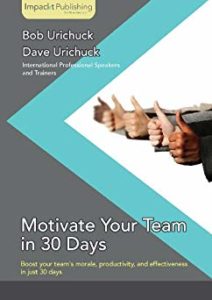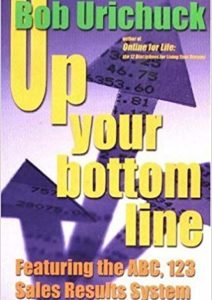Closing techniques have been around as long as the sales profession itself. Remember the “A-B-C of sales”–”Always Be Closing”?
Does that practice have any association with the fact that the sales profession is the least respected profession of all?
Traditionally, sales has always focused on the seller, and the seller’s brand, products, features, and services. Salespeople are still applying their dog-and-pony shows, and utilizing all sorts of closing devices ranging from the puppy dog close to the take-away close.
Many salespeople believe that literally everyone can be closed, qualified or not. They hold dear to their “tried and untrue” closing techniques–too many of which actually do more harm than good.
What effect does this have on the buyer? It gets their guard up.
Yet we still hear that if you don’t apply closing techniques, there is no sale. How buyer friendly is that?
Without a buyer there is no sale
Who is the most important person in a sales encounter— the buyer or the seller?
First of all, without a buyer there is no sale. Buyers today can buy anything they want without a salesperson wasting their time —the #1 complaint about salespeople.
In this new economy of buyers, salespeople need to become more buyer focused and tap into the buying motives of the buyer. It has to be about the buyer—not the seller and the seller’s products, services or brand.
Are you in sales? When it comes to it, most of us are. Closing the sale is no longer a technique but part of a process to engage and empower buyers to buy from you.
You do that by being buyer focused— engaging buyers into the buying process by first gaining their trust and building a relationship. Building and maintaining the relationship, not the closing of a sale, should be your primary objective.
People buy from, and refer friends to people they trust, people they have a relationship with. First they must buy you. If done properly, you will never have to close again because they will buy from you.
Once rapport has been established and a relationship created you must qualify the buyer for buying motives, financial ability, decision making and timing. This will help you determine if the buyer is qualified and if there is a fit between your product or services and their needs, budget and timing.
If there is no fit, there is no need to close or use closing techniques— they are not qualified so don’t waste your time or theirs. Be honest. Tell them you cannot help them, unless you can refer them to someone who can. As a minimum, maintain the relationship for future opportunities and referrals.
If they are qualified, proceed to give them a prescription—solutions specific to the buying motives, financial ability and timing identified and empower them to buy.
The experience of having a buyer buy, versus you closing them, creates a stronger and longer lasting relationship. Combine this with added value and you have a formula that will lead to more referrals and a secondary sales force.
So, what do you think? Do closing techniques still work?
The New Economy of Buyers – Why Traditional and Consultative Selling Methods no longer work
Pipeliner CRM empowers salespeople to focus on the buyer. Get your free trial of Pipeliner CRM now.















Comments